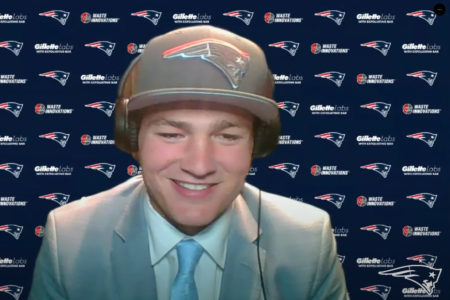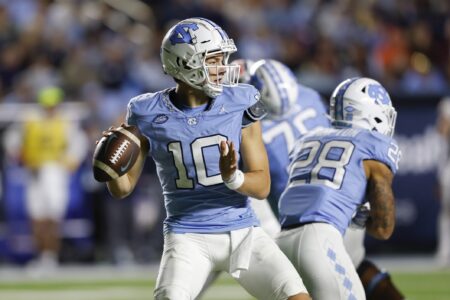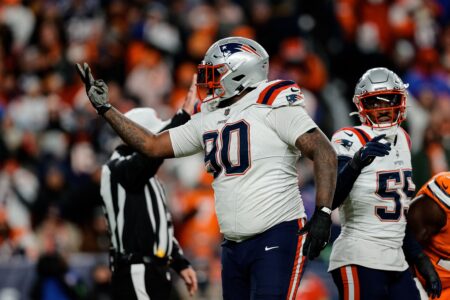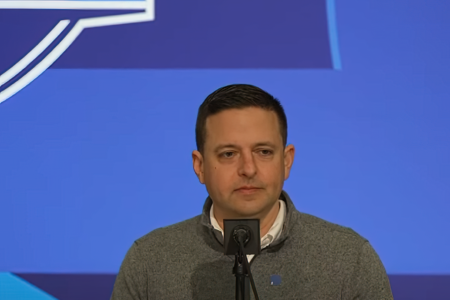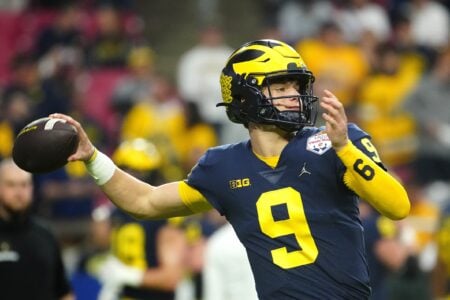Right now the Pats are 8th best against the rush (85.6 yds/game). Yet they're on pace to allow the fewest yards per game of the Belichick Era, and I know we've ranked higher before (e.g. 4th with Ted Washington IIRC). Thus the question, is rushing in the NFL a less successful venture than it used to be?
I think that a good run defense can shut down just about any team's running game if they make it a priority, it's just a matter of containing the passing attack while you're at it. Are more teams focused on stopping the run these days? Are WRs now more valuable than RBs, because even great RBs can be shut down easily by good teams?
I think that a good run defense can shut down just about any team's running game if they make it a priority, it's just a matter of containing the passing attack while you're at it. Are more teams focused on stopping the run these days? Are WRs now more valuable than RBs, because even great RBs can be shut down easily by good teams?





